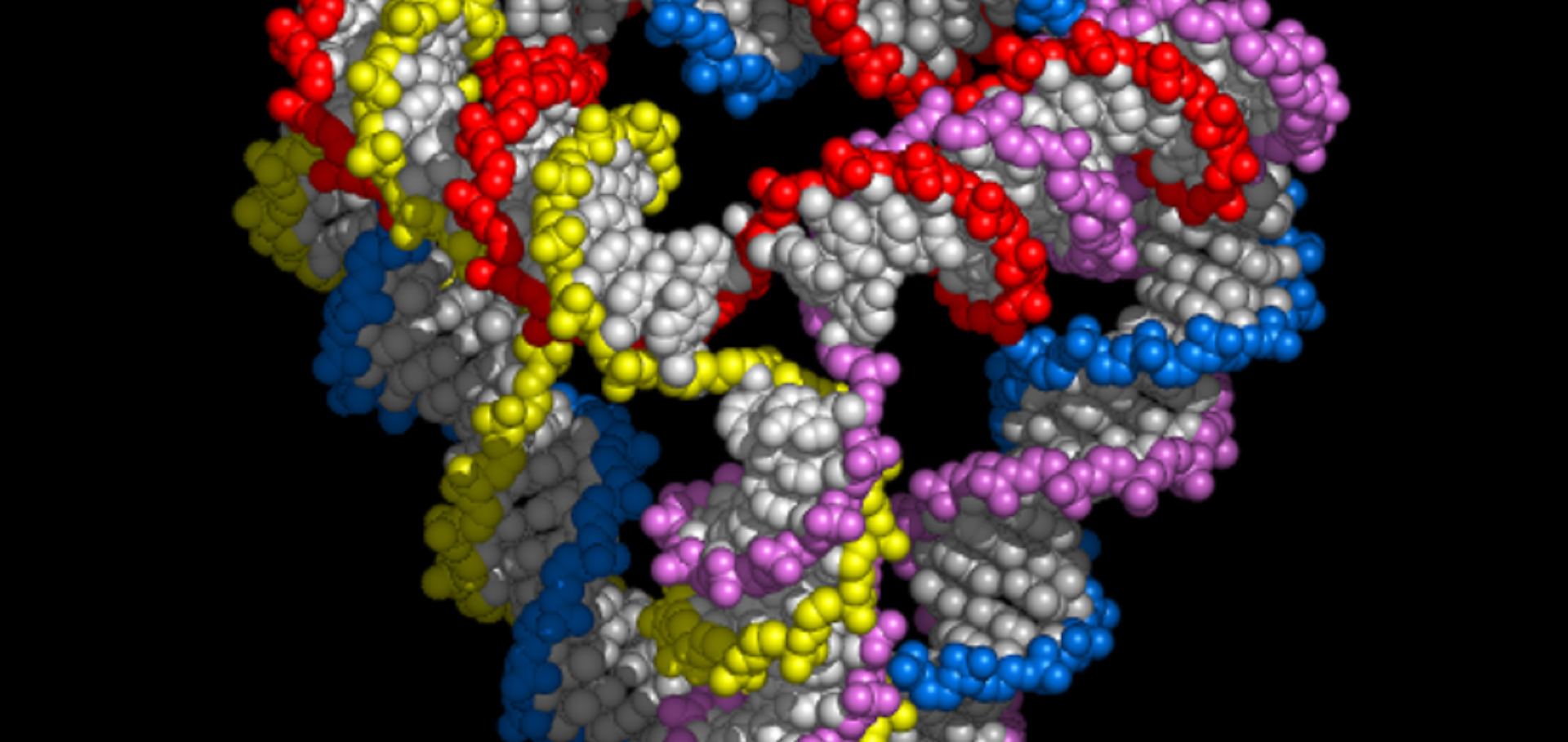PHYS 393-Engineering entropy-driven reactions and networks catalyzed by DNA
ABSTRACTS OF PAPERS OF THE AMERICAN CHEMICAL SOCIETY 234 (2007)
Single-molecule protein encapsulation in a rigid DNA cage.
Angew Chem Int Ed Engl 45:44 (2006) 7414-7417
DNA hairpins: fuel for autonomous DNA devices.
Biophys J 91:8 (2006) 2966-2975
Abstract:
We present a study of the hybridization of complementary DNA hairpin loops, with particular reference to their use as fuel for autonomous DNA devices. The rate of spontaneous hybridization between complementary hairpins can be reduced by increasing the neck length or decreasing the loop length. Hairpins with larger loops rapidly form long-lived kissed complexes. Hairpin loops may be opened by strand displacement using an opening strand that contains the same sequence as half of the neck and a "toehold" complementary to a single-stranded domain adjacent to the neck. We find loop opening via an external toehold to be 10-100 times faster than via an internal toehold. We measure rates of loop opening by opening strands that are at least 1000 times faster than the spontaneous interaction between hairpins. We discuss suitable choices for loop, neck, and toehold length for hairpin loops to be used as fuel for autonomous DNA devices.Infiltration and inversion of holographically defined polymer photonic crystal templates by atomic layer deposition
Advanced Materials 18:12 (2006) 1561-1565
Abstract:
A range of techniques employed for 3D optical lithography including atomic layer deposition (ALD) and holographic lithography has been demonstrated. A 3D photonic crystal structure can be written by holographic lithography which makes use of a periodic interference pattern generated by a multiple-beam interferometer to expose a thick layer of photoresist. 3D microstructures can also be generated by point-to-point exposure of the resist by two-photon absorption at a laser focus. The potential of ALD has been explored to develop a well-controlled infiltration technique for optically fabricated 3D microstructures used for the formation of single- and multicomponent inverse opals. A high quality photonic crystal in amorphous TiOStudy of Two-Photon Laser Photolithography with SU-8 at Cryogenic Temperatures
Institute of Electrical and Electronics Engineers (IEEE) (2006) 1-2


